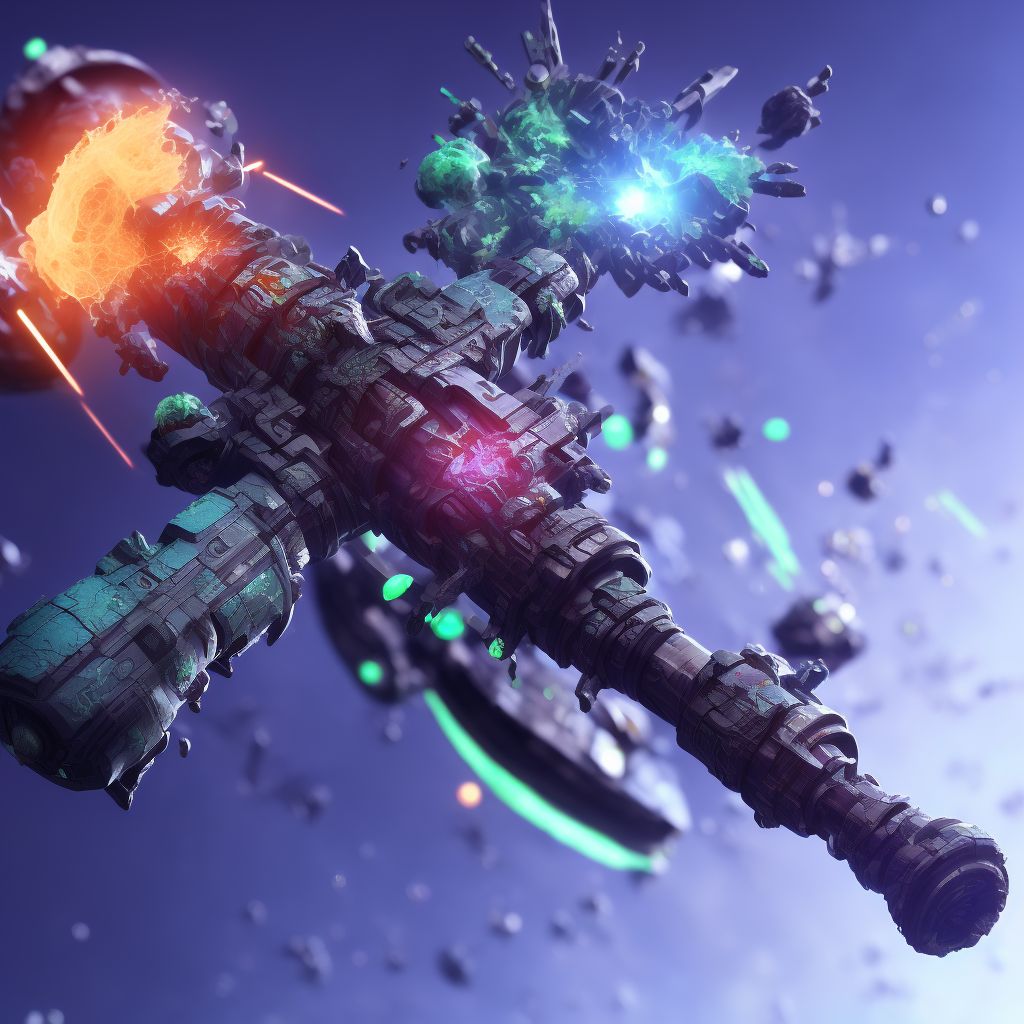
Displaced spiral fracture of shaft of right fibula, subsequent encounter for open fracture type I or II with malunion Save
ICD-10 code: S82.441Q
Disease category: S82.441: Displaced spiral fracture of shaft of right fibula
Displaced Spiral Fracture of Shaft of Right Fibula: Understanding Malunion
A displaced spiral fracture of the shaft of the right fibula is a specific type of fracture that occurs when the bone is twisted or rotated forcefully. This type of fracture is often caused by high-energy trauma, such as sports injuries or motor vehicle accidents. When the fracture does not heal properly or is not aligned correctly, it can result in a condition known as malunion.
Malunion refers to the improper healing of a bone fracture, leading to misalignment or deformity. In the case of a displaced spiral fracture of the shaft of the right fibula, malunion can occur when the bones do not heal in their correct anatomical position or when there is a rotational deformity. This misalignment can cause pain, limited range of motion, and functional impairment.
Subsequent encounters for open fracture type I or II with malunion require ongoing monitoring and management. These encounters involve evaluating the progress of the fracture and assessing any complications that may arise due to malunion. It is crucial to address malunion promptly to prevent long-term consequences and improve patient outcomes.
- Diagnosis: Proper diagnosis of a displaced spiral fracture of the shaft of the right fibula with malunion involves a thorough physical examination and imaging studies, such as X-rays or CT scans. These diagnostic tools help evaluate the extent of the malunion and determine the best course of action.
- Monitoring: Regular follow-up appointments are necessary to monitor the progress of the malunion and assess any changes in symptoms. During these visits, healthcare professionals may conduct further imaging tests and evaluate the patient's functional status.
- Non-surgical interventions: In some cases, non-surgical interventions such as physical therapy, bracing, or orthotics may be recommended to manage the symptoms associated with malunion. These interventions aim to improve range of motion, reduce pain, and enhance overall function.
- Surgical options: If non-surgical interventions fail to provide sufficient relief, surgical intervention may be necessary. The specific surgical procedures depend on the severity of the malunion and the patient's individual needs. Surgical options may include fracture reduction, realignment, or corrective osteotomy.
In conclusion, a displaced spiral fracture of the shaft of the right fibula with malunion can have significant implications for patients. Subsequent encounters for open fracture type I or II with malunion involve ongoing monitoring and management to address the misalignment and associated symptoms. Proper diagnosis, monitoring, and appropriate interventions are key to improving patient outcomes and minimizing long-term complications.
Treatment of Displaced spiral fracture of shaft of right fibula, subsequent encounter for open fracture type I or II with malunion:
Treatment Options for Displaced Spiral Fracture of Shaft of Right Fibula, Subsequent Encounter for Open Fracture Type I or II with Malunion
Dealing with a displaced spiral fracture of the shaft of the right fibula can be a challenging situation. When this fracture is complicated further by an open fracture type I or II with malunion, it becomes crucial to explore appropriate treatm...
To see full information about treatment please Sign up or Log in